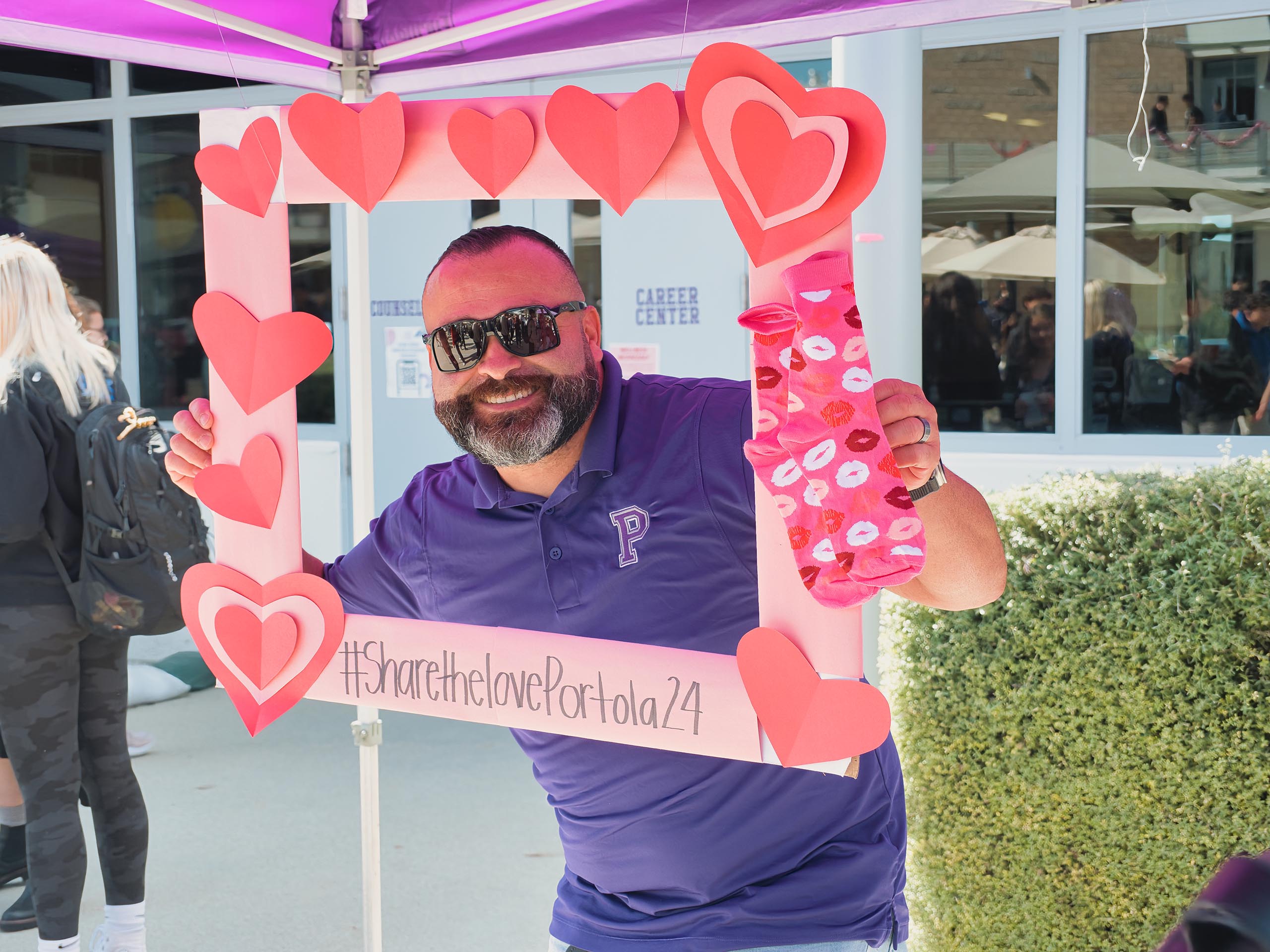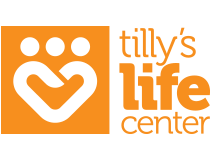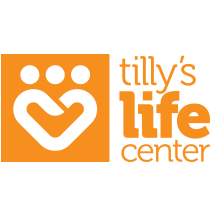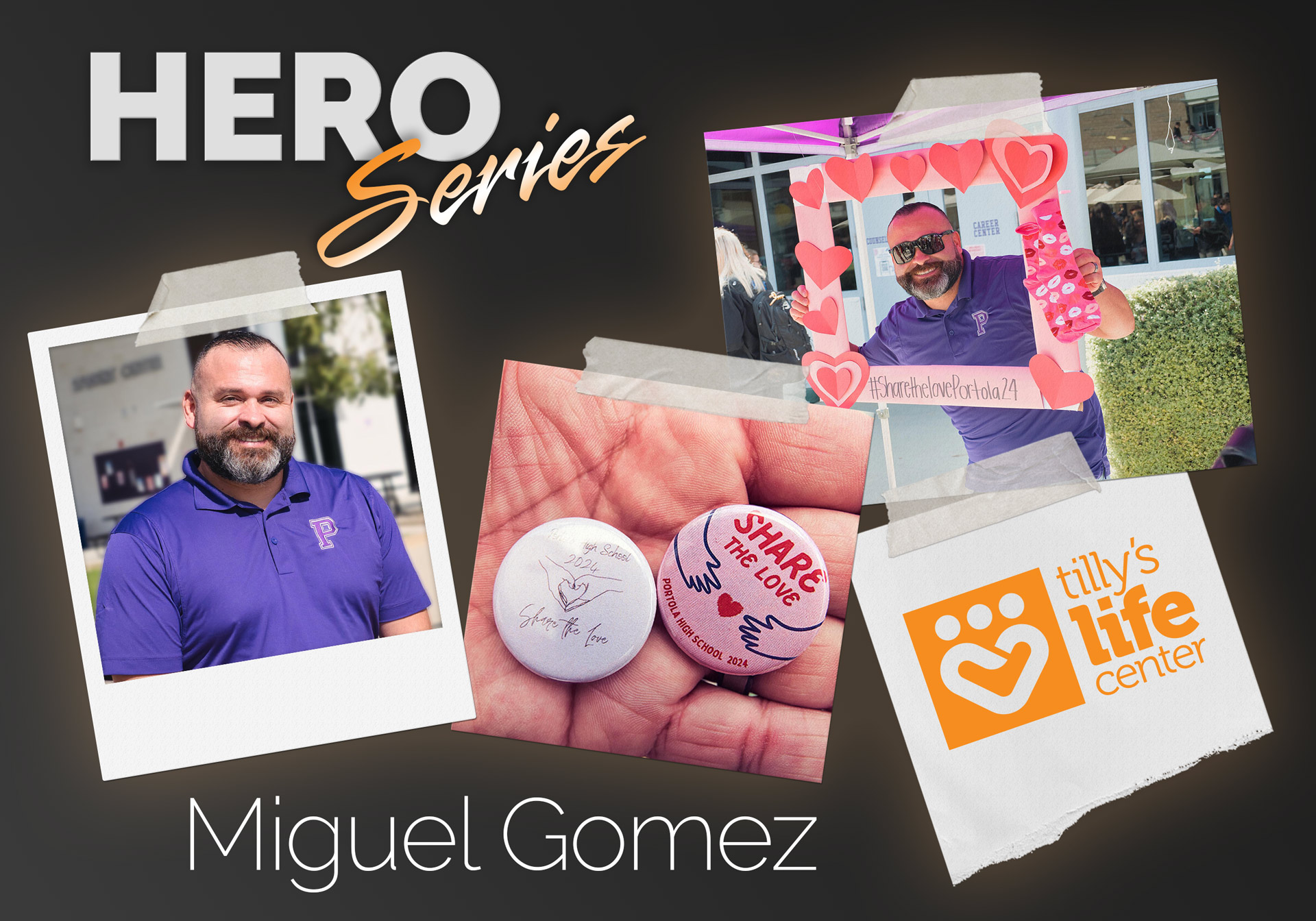
21 May The Hero Series: Mr. Miguel Gomez
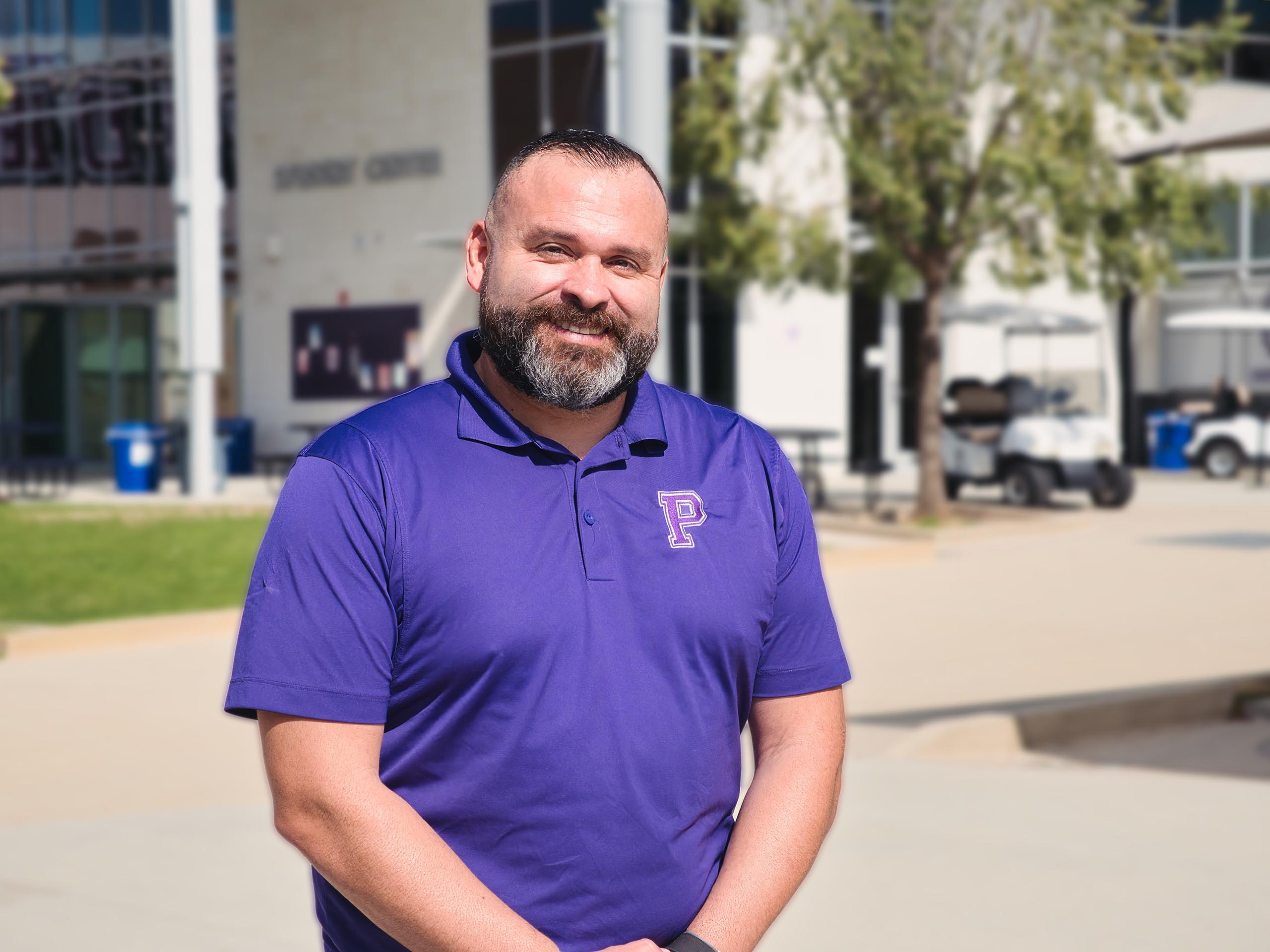
Portola High School
Irvine Unified School District
Irvine, CA
Their TLC Connection:
In the summer of 2023, TLC began a flyer drop-off campaign for its 2023 Summer Institute and Mental Health Awareness Grant Offering. Upon receiving one of the flyers, Mr. Gomez applied for the grant and ultimately received it.
Population Served:
Portola serves 9th – 12th grade students in the city of Irvine. Their population is a melting pot of different cultures – ranging from Caucasian, Korean, Japanese, Russian, Chinese, Middle Eastern, and other ethnic backgrounds.
School Description:
The culture of Portola High School is high achieving. Students come here because it is a high performing academic school within the Irvine Unified School District. Students come here to take advantage of every opportunity available to them. Portola is a very student friendly school that often makes accommodations to support student leadership initiatives. They have a robust counseling and wellness support staff that has ongoing programs throughout the year.
How They Are Using Their Grant:
Portola used their TLC grant dollars to purchase supplies and prizes to incentivize students to show up to on-campus wellness events. For their most recent campaign they purchased sensory stickers with mindfulness activity reminders on them – so that students can be reminded of different coping strategies. They have also purchased art therapy supplies for things like bracelet making, painting and plant-making.
Below are excerpts from an interview with Mr. Miguel Gomez. At TLC we know that without leaders like Miguel, students will not receive the social-emotional support they need.
Q: What brought you to Portola High School and your work in education?
A: Originally, I worked at a private agency that provided mental health resources in the Long Beach Unified School District. I wasn’t a school employee, so I didn’t work with the general student population, only students with IEPs. At Portola High School I have the opportunity to serve more of the general student population, while also providing support for students with special needs. I love doing this type of work. It is my passion. What makes me smile every day is that I get the chance to plant a seed or provide an opportunity for students to have “aha” moments, load them with positive feedback, and let them know that “they did it”.
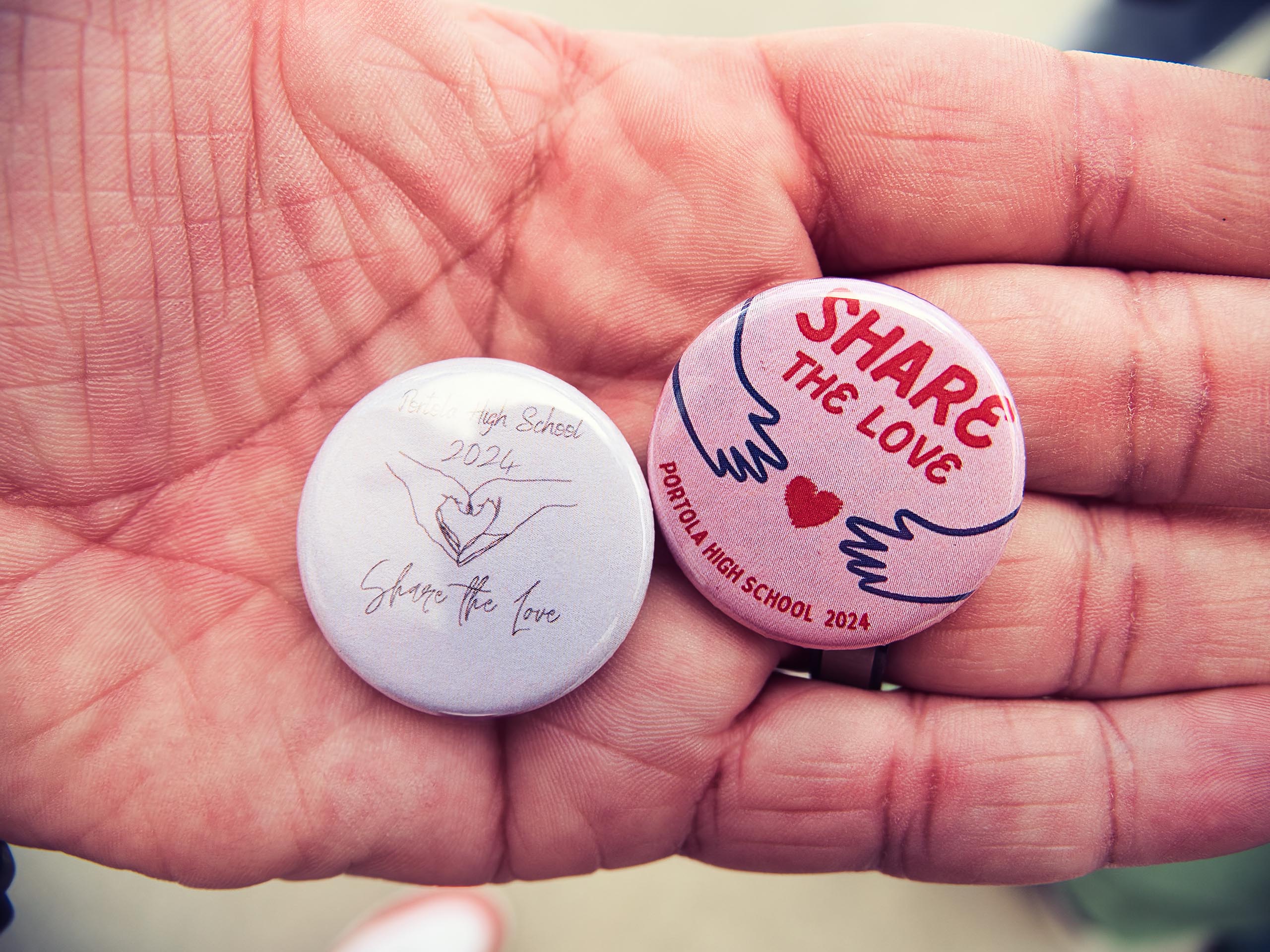
Q: What do you love about Portola High School? What makes it special?
A: For me, it’s the students. Their different backgrounds and cultures. They have such diverse interests, yet the majority of students here, a great majority, work extremely well with each other. Seeing them interact with each other despite their different backgrounds is beautiful. Another thing I love about Portola and IUSD in general is that they truly support mental health with in-house services. Having in-house services allows us to build relationships with students and really understand their culture.
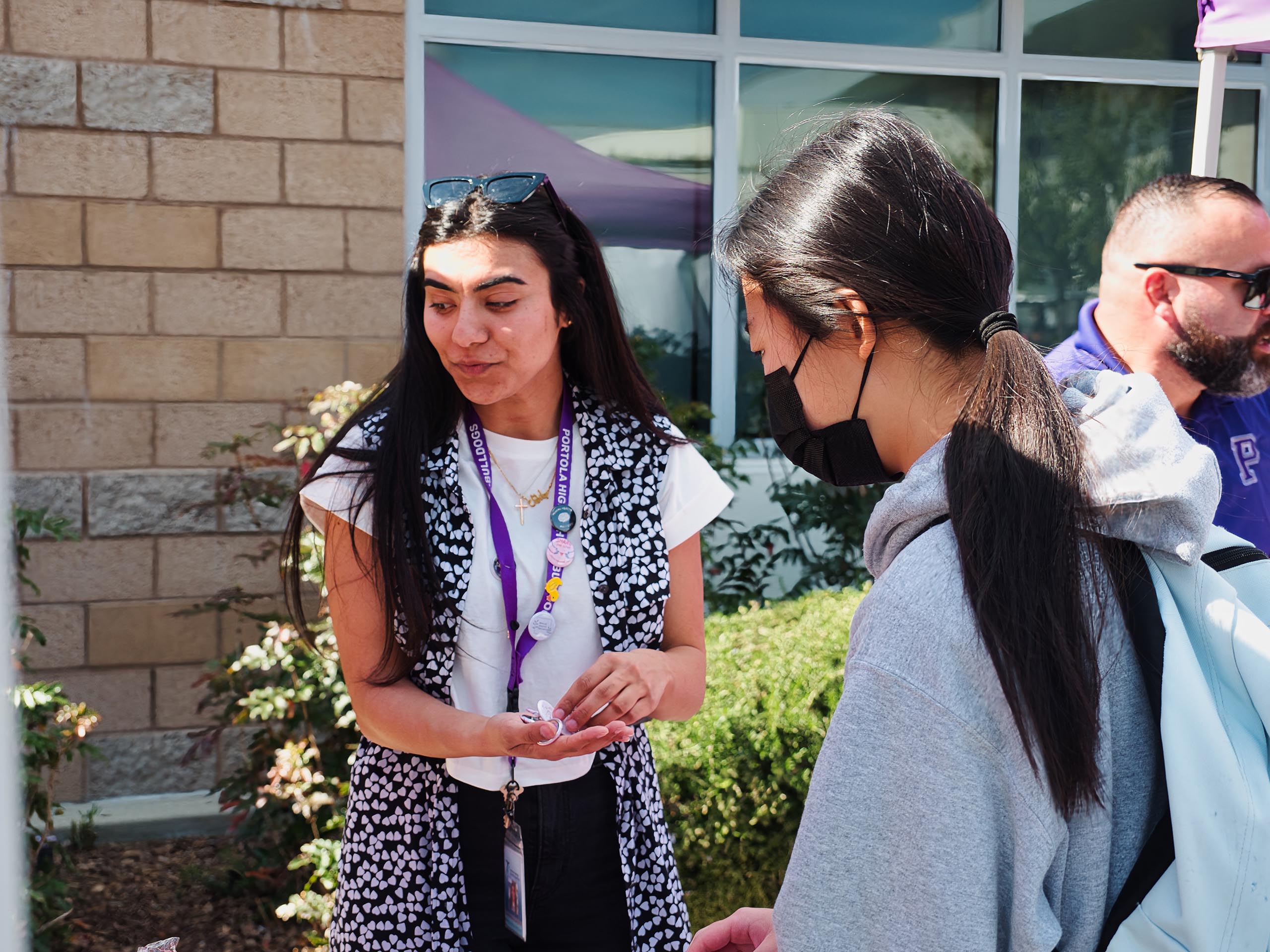
Q: How would you describe social-emotional learning (SEL) to people that don’t work in education?
A: Hmmm…I’ve never been asked that question. SEL is not cookie-cutter. It’s never going to be the same. You must have patience for individuals needing extra time to learn social skills. Being empathic, open, and flexible is essential. Going at the pace of the student is also important. I’ve noticed that you are doing this now with the interview – providing positive stories to help promote awareness.
Q: What accomplishment are you most proud of in your educational career?
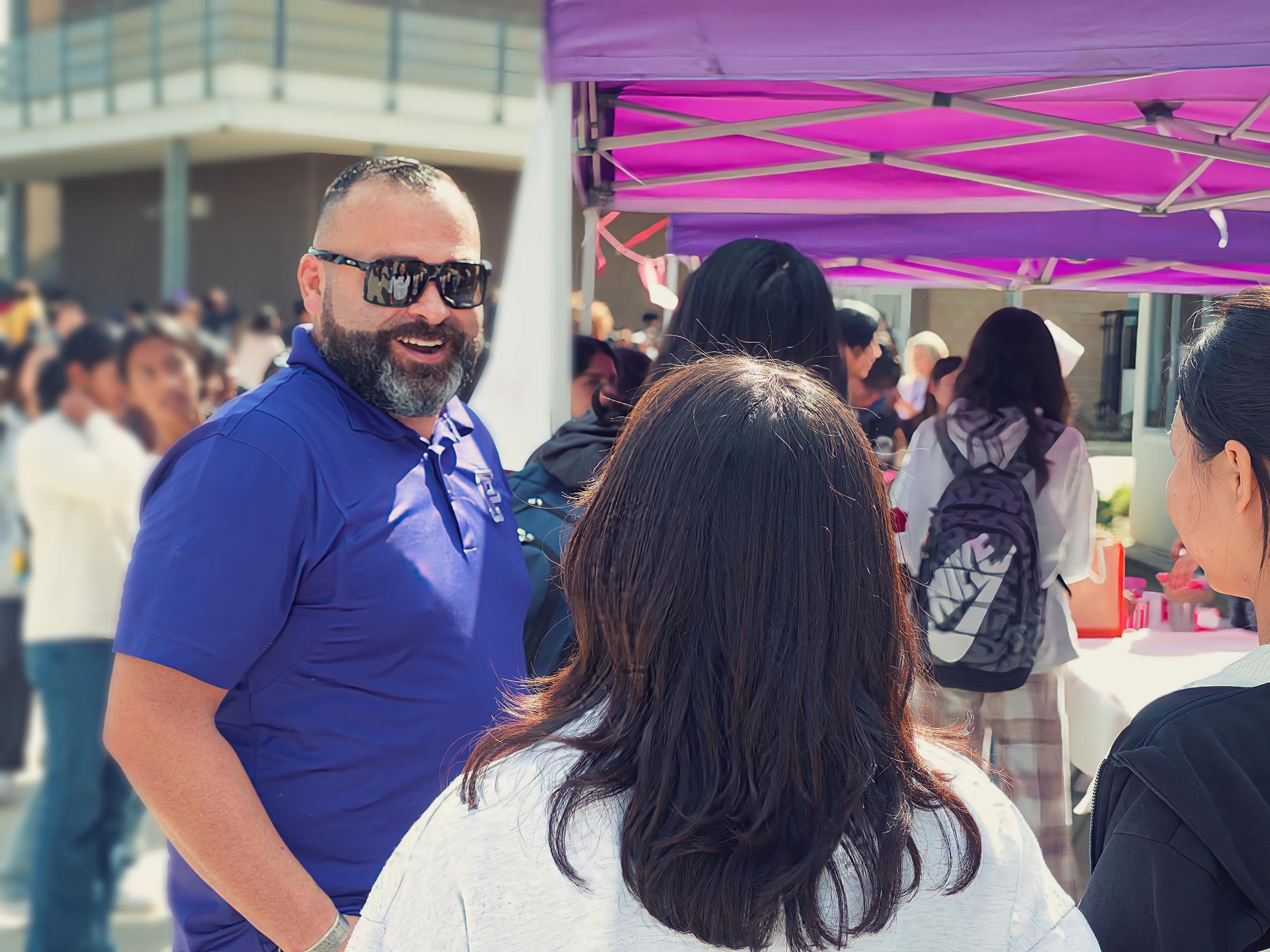
A: Getting to the spot I’m at now. Being fortunate to be able to work with students. It took a while to get to where I am. My upbringing to this point was difficult, many tasks all at once, and I am terrible at multitasking. Landing this position and being able to provide my experience and knowledge to further help students is something I am very proud of. I am very happy here.
Q: If you could reimagine what schools look like and your role in them, what would it look like?
A: Wow. I’m not sure. Every school is different, there is no cookie-cutter approach and schools need to respond by creating structures to support the diversity of each school. I’d say schools should be able to adapt to the changing student population and the ever-evolving ways kids see and deal with things. If I look at my own schooling and compare it to what is happening in schools today, I think things are changing for the positive. I never had mental health support services in my schools or spaces to develop social emotional skills. It was always just “that kid is bad” or “your parents need to do better.” It’s different now. There is still a need to continue to grow and push forward with initiatives that expand mental health support, to advocate for normalizing mental health initiatives, and to stay current with research and trends. However, in my experience with prevention and intervention approaches in my district there has been a lot of support, and it has been reassuring.
